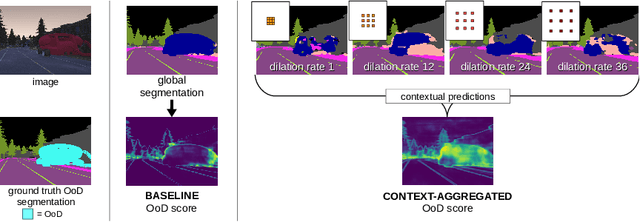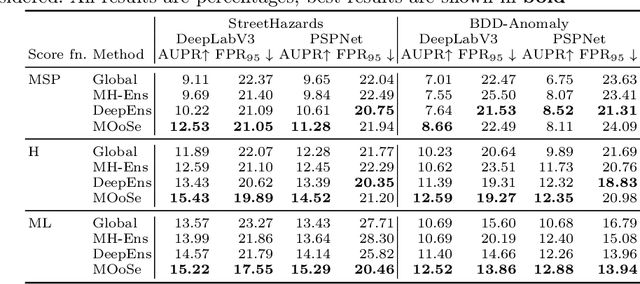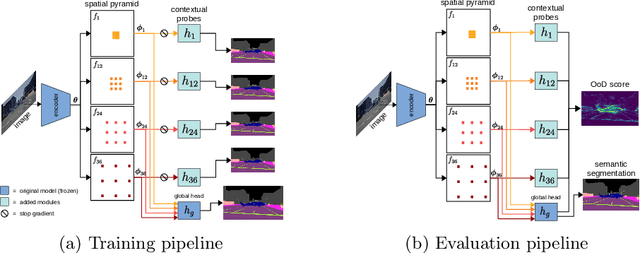Mehdi Naouar
CellMixer: Annotation-free Semantic Cell Segmentation of Heterogeneous Cell Populations
Dec 01, 2023


Abstract:In recent years, several unsupervised cell segmentation methods have been presented, trying to omit the requirement of laborious pixel-level annotations for the training of a cell segmentation model. Most if not all of these methods handle the instance segmentation task by focusing on the detection of different cell instances ignoring their type. While such models prove adequate for certain tasks, like cell counting, other applications require the identification of each cell's type. In this paper, we present CellMixer, an innovative annotation-free approach for the semantic segmentation of heterogeneous cell populations. Our augmentation-based method enables the training of a segmentation model from image-level labels of homogeneous cell populations. Our results show that CellMixer can achieve competitive segmentation performance across multiple cell types and imaging modalities, demonstrating the method's scalability and potential for broader applications in medical imaging, cellular biology, and diagnostics.
Robust Tumor Detection from Coarse Annotations via Multi-Magnification Ensembles
Mar 29, 2023Abstract:Cancer detection and classification from gigapixel whole slide images of stained tissue specimens has recently experienced enormous progress in computational histopathology. The limitation of available pixel-wise annotated scans shifted the focus from tumor localization to global slide-level classification on the basis of (weakly-supervised) multiple-instance learning despite the clinical importance of local cancer detection. However, the worse performance of these techniques in comparison to fully supervised methods has limited their usage until now for diagnostic interventions in domains of life-threatening diseases such as cancer. In this work, we put the focus back on tumor localization in form of a patch-level classification task and take up the setting of so-called coarse annotations, which provide greater training supervision while remaining feasible from a clinical standpoint. To this end, we present a novel ensemble method that not only significantly improves the detection accuracy of metastasis on the open CAMELYON16 data set of sentinel lymph nodes of breast cancer patients, but also considerably increases its robustness against noise while training on coarse annotations. Our experiments show that better results can be achieved with our technique making it clinically feasible to use for cancer diagnosis and opening a new avenue for translational and clinical research.
Probing Contextual Diversity for Dense Out-of-Distribution Detection
Aug 30, 2022



Abstract:Detection of out-of-distribution (OoD) samples in the context of image classification has recently become an area of interest and active study, along with the topic of uncertainty estimation, to which it is closely related. In this paper we explore the task of OoD segmentation, which has been studied less than its classification counterpart and presents additional challenges. Segmentation is a dense prediction task for which the model's outcome for each pixel depends on its surroundings. The receptive field and the reliance on context play a role for distinguishing different classes and, correspondingly, for spotting OoD entities. We introduce MOoSe, an efficient strategy to leverage the various levels of context represented within semantic segmentation models and show that even a simple aggregation of multi-scale representations has consistently positive effects on OoD detection and uncertainty estimation.
 Add to Chrome
Add to Chrome Add to Firefox
Add to Firefox Add to Edge
Add to Edge